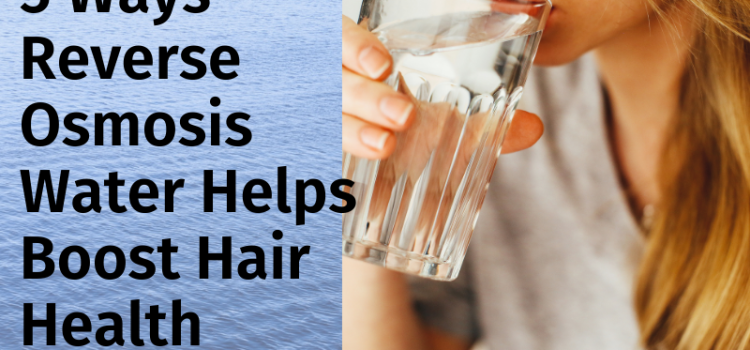Lesaulnier, Celine C.; Herbold, Craig W.; Pelikan, Claus; Berry, David; Gerard, Cedric; Le Coz, Xavier; Gagnot, Sophie; Niggemann, Jutta; Dittmar, Thorsten; Singer, Gabriel A.; Loy, Alexander
MICROBIOME, 5 10.1186/s40168-017-0344-9SEP 22 2017
Abstract
Background
Non-carbonated natural mineral waters contain microorganisms that regularly grow after bottling despite low concentrations of dissolved organic matter (DOM). Yet, the compositions of bottled water microbiota and organic substrates that fuel microbial activity, and how both change after bottling, are still largely unknown.
Results
We performed a multifaceted analysis of microbiota and DOM diversity in 12 natural mineral waters from six European countries. 16S rRNA gene-based analyses showed that less than 10 species-level operational taxonomic units (OTUs) dominated the bacterial communities in the water phase and associated with the bottle wall after a short phase of post-bottling growth. Members of the betaproteobacterial genera Curvibacter, Aquabacterium, and Polaromonas (Comamonadaceae) grew in most waters and represent ubiquitous, mesophilic, heterotrophic aerobes in bottled waters. Ultrahigh-resolution mass spectrometry of DOM in bottled waters and their corresponding source waters identified thousands of molecular formulae characteristic of mostly refractory, soil-derived DOM.
Conclusions
The bottle environment, including source water physicochemistry, selected for growth of a similar low-diversity microbiota across various bottled waters. Relative abundance changes of hundreds of multi-carbon molecules were related to growth of less than ten abundant OTUs. We thus speculate that individual bacteria cope with oligotrophic conditions by simultaneously consuming diverse DOM molecules.
https://microbiomejournal.biomedcentral.com/articles/10.1186/s40168-017-0344-9
The post Bottled aqua incognita: microbiota assembly and dissolved organic matter diversity in natural mineral waters appeared first on Facts About Water.
Source: Water Feed









